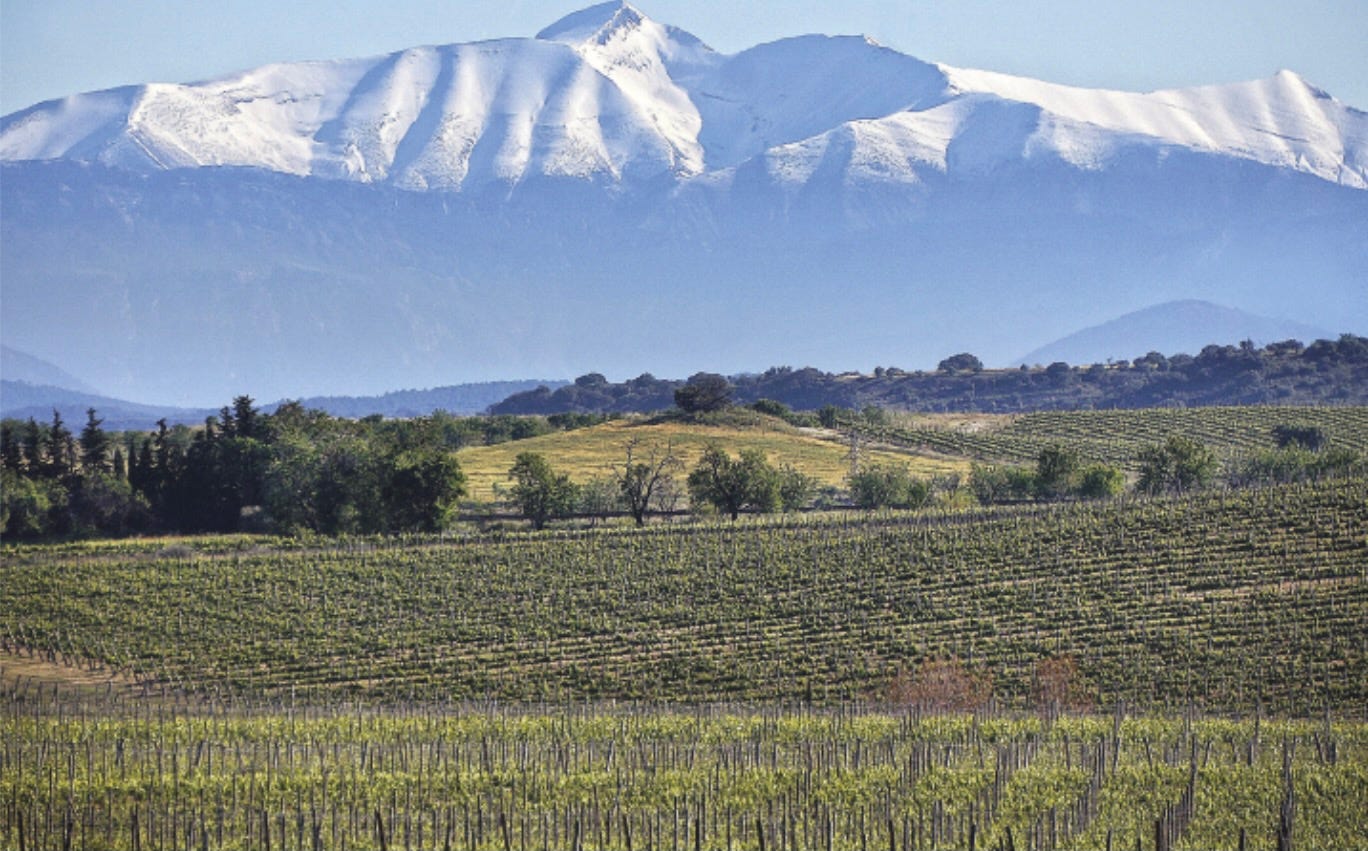In Spain, There's Always A New Grape To Discover
A totally unbiased guide to the wines from Somontano, my home region, including the 'lost' grape moristel.
Today, we welcome Elvira Fonz-Gutiérrez as a new regular contributor to Everyday Drinking. Elvi is a Madrid-based wine writer and content strategist, who has worked in the wine industry in California and France.


